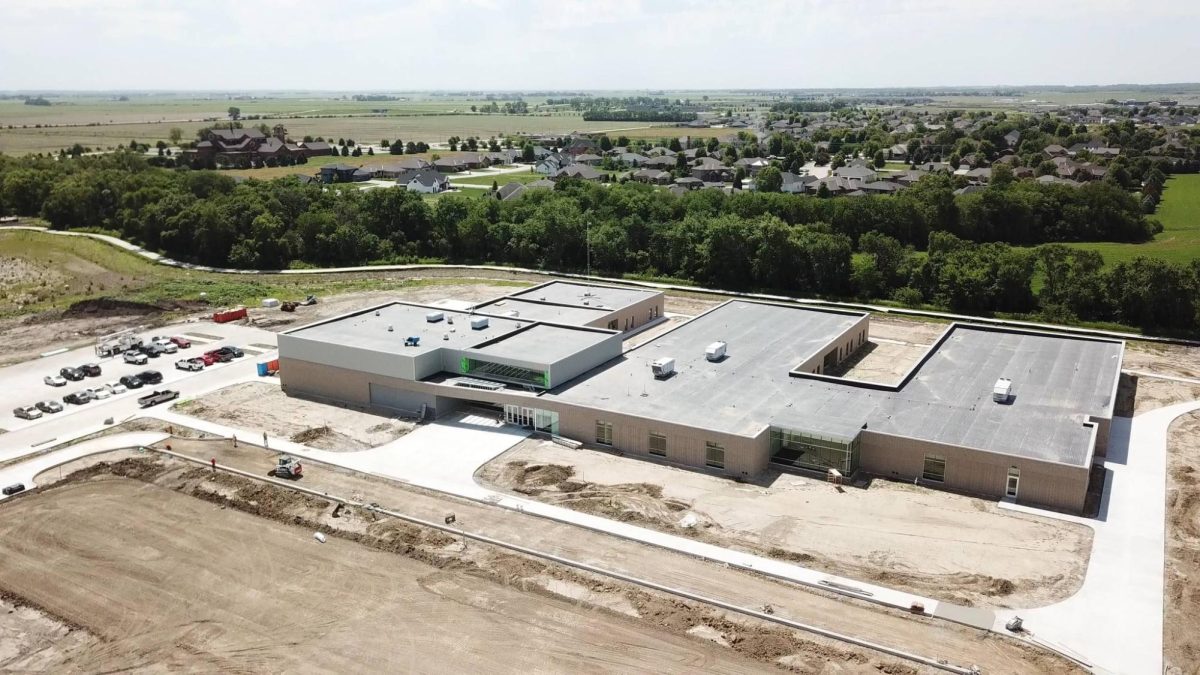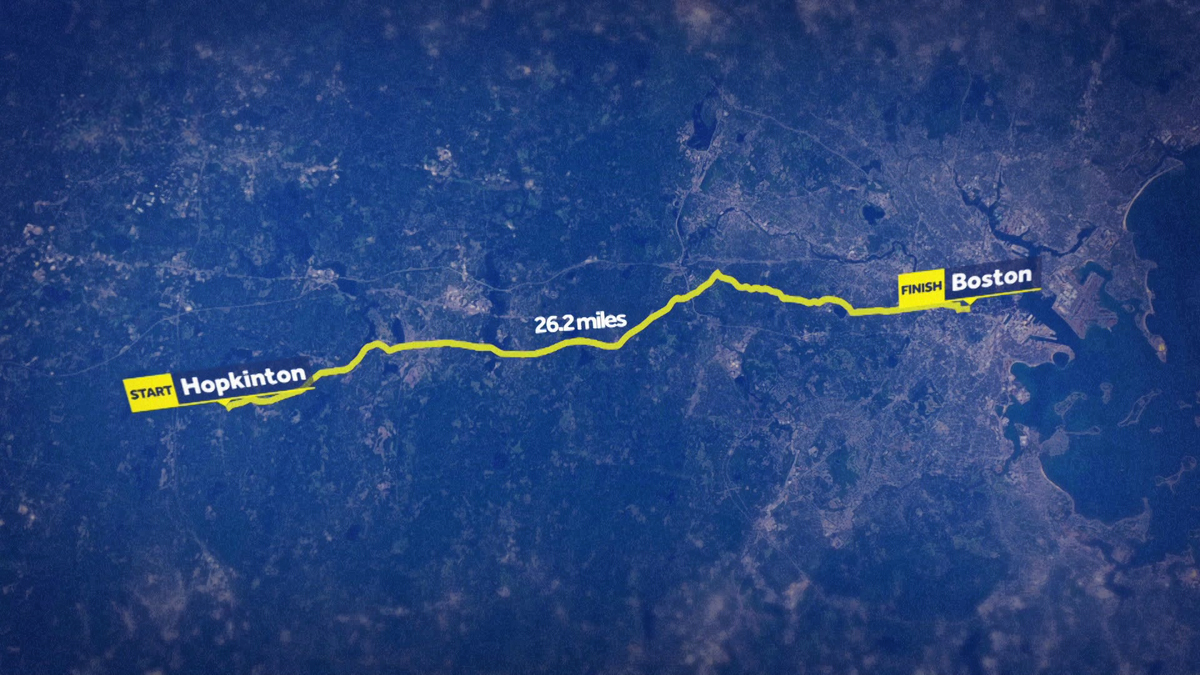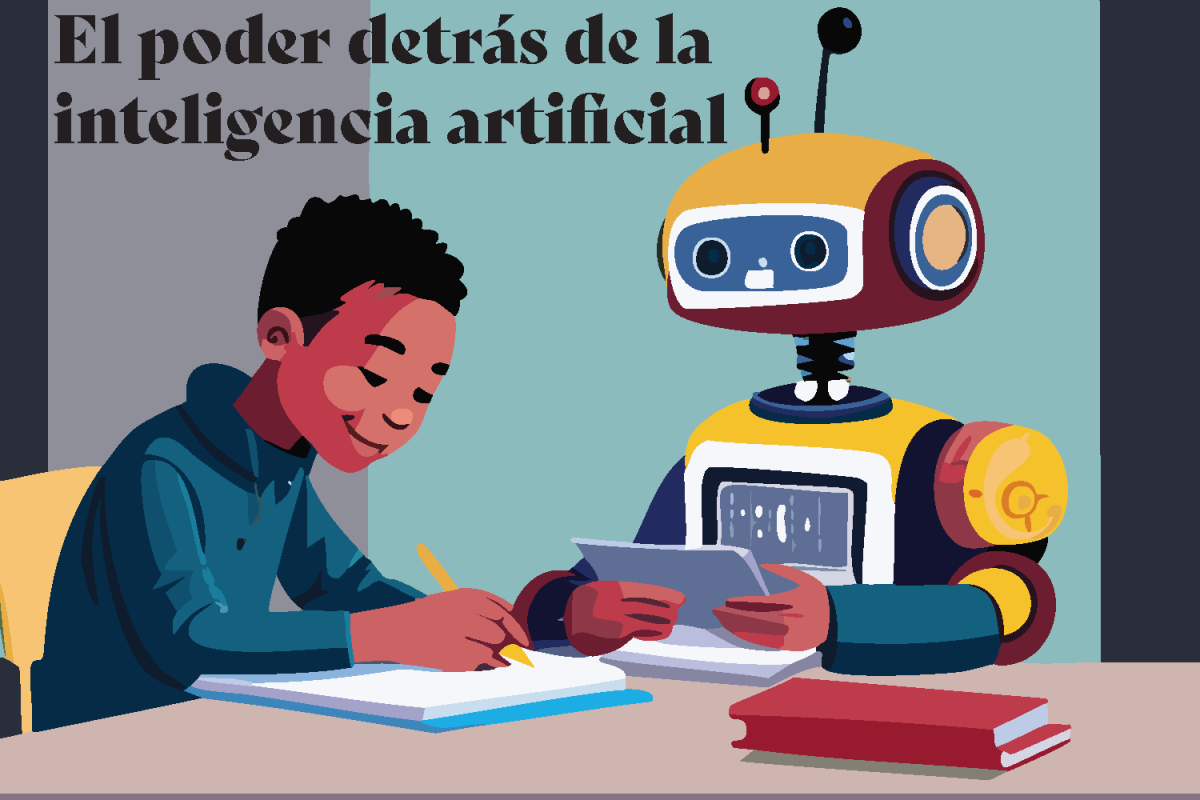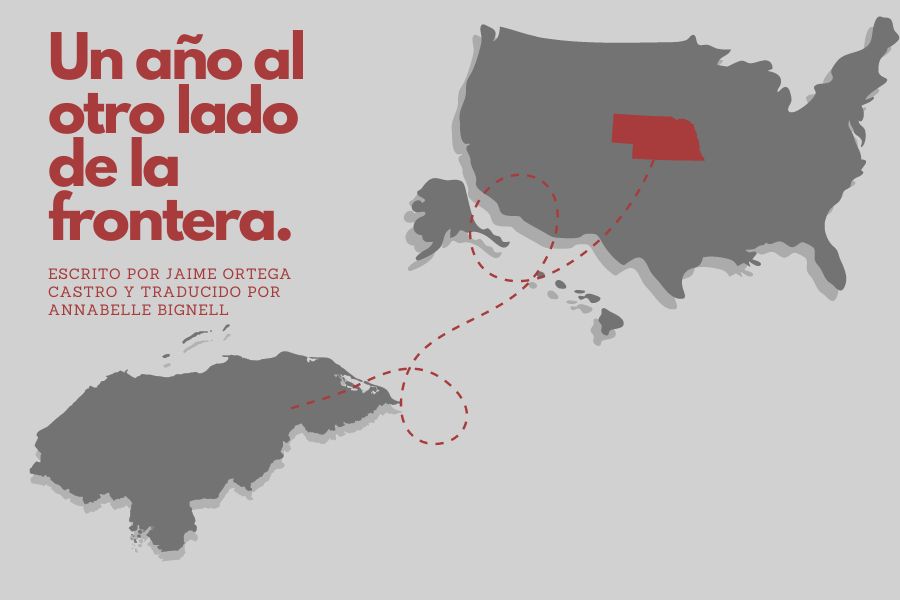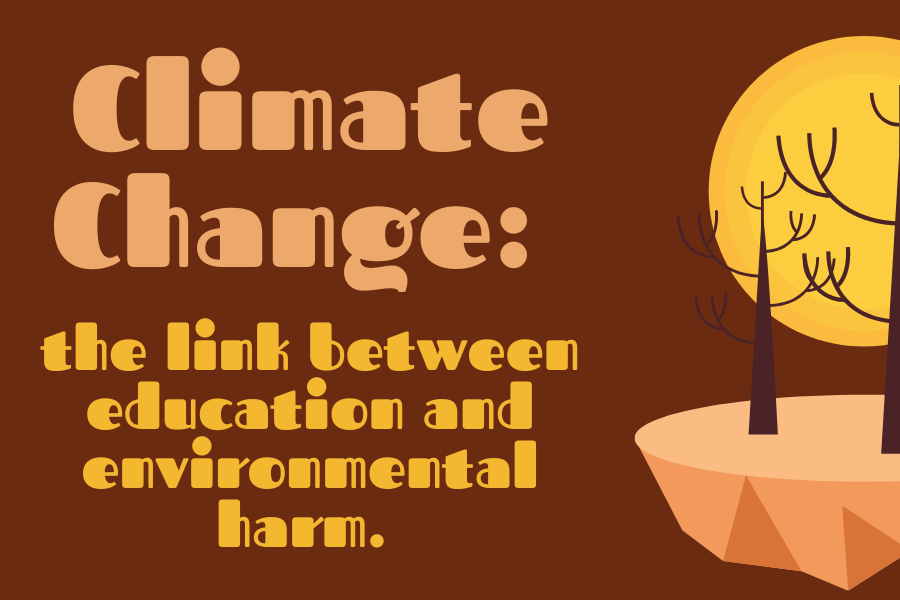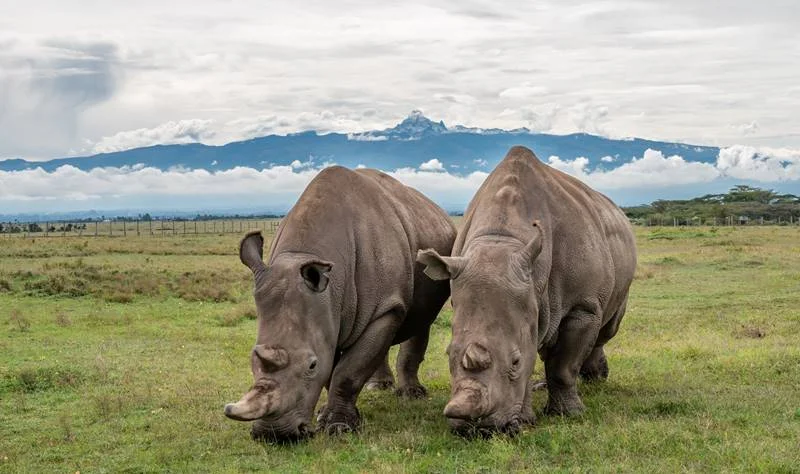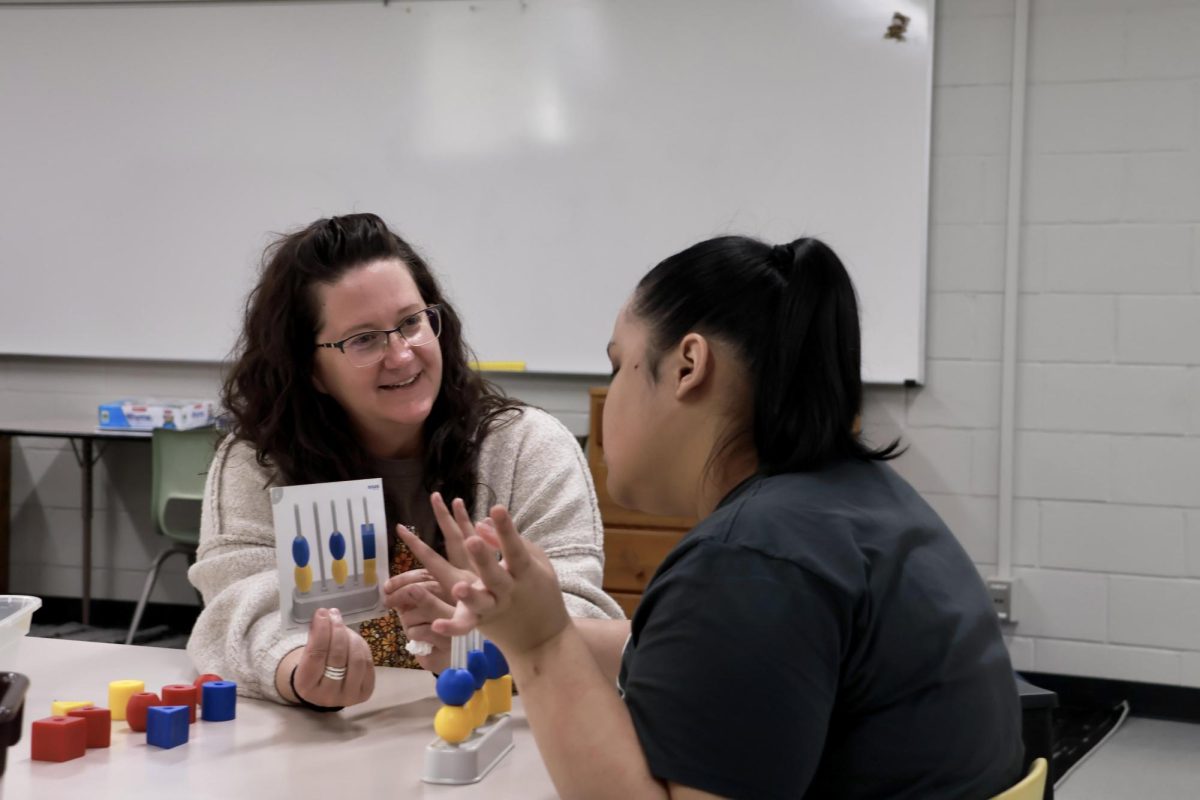Climate change and poor education. Two tragedies combined to create the ultimate crisis which will begin to crush and destroy human knowledge.
Climate change has caused an increase in economic and development issues within developing countries by 25% since 1960.
Developing countries already struggle with economic imbalancement and instability. Whether it is monthly income or an overall poverty rate, citizens of these nations have been struggling and will continue to struggle due to the incoming climate crisis.
Many of these third-world countries lack the political leadership and will to provide funds to construct new education facilities. With new and extremely dangerous storms and environmental factors always changing, constructing new buildings makes no sense due to the fact they will be destroyed once again the next time a storm or natural disaster hits. Smaller and less developed countries have the risk of moving back years in development due to one minor storm. Without proper funding and resources, buildings are not secure enough to withstand a singular minor storm.
Developing countries also lack the newest forms of technology, which means there is no way to warn citizens of incoming storms or disasters. There is no prevention from harm or destruction.
One example of this two-factor crisis is shown throughout the entire country of Haiti. Haiti is the poorest country in Latin America and does not contain enough political stability or positive foreign intervention to keep their country or citizens stable. An earthquake in 2021 caused 70% of Haiti’s children to miss out on months of education. Children are forced to learn in dangerous environments which can cause distractions and constant fear.
There is no possible way the brain can learn in a state of disruption.
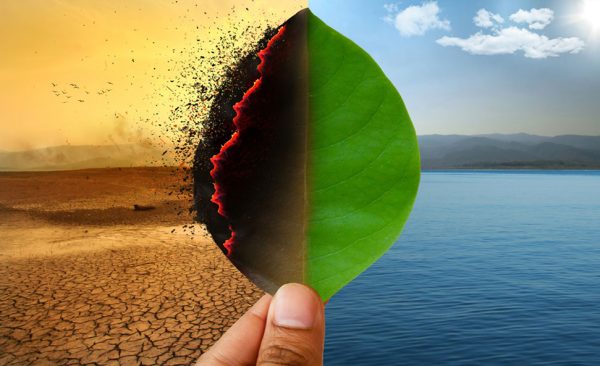
58.4% of children throughout the world do not have access nor attend educational institutions or daily lessons. The majority of these children live in South Asia and Sub-Saharan Africa. These statistics are not affected by newer climate change harms. However, it is expected for countries in and around these regions to experience a long drought season, higher number of floods and unstable rainfall precipitation.
The Young Lives study has researched and discovered that throughout regions of Ethiopia, India, Peru and Vietnam, by the age of 15, many children have experienced at least one major environmental disaster. Researchers have compiled data and proved that these disasters affect the poorest citizens who are in need of education the most.
In these four countries, children make up 50-91% percent of the poorest households. Climate-related damage can have an impact not only on their homes but also on their mental and physical development which will cause further developmental issues in their brains and bodies as they grow.
Climate change-related disasters can affect every family differently. However, one of the main problems is crop failure issues. Many families in developing countries live off of subsistence agriculture, or family farms, where they grow what is needed for their families and that is all. They do not sell anything for profit, they simply just grow what is needed to keep their family alive.
Climate change can cause an extreme rise in temperatures which will lead to damage on family farms. If poorer households’ source of income is completely destroyed, there is no way to recover.
Climate change has gained a bigger impact over the years and without quick action, climate change is expected to lead into more crises and is more likely to cause further damage and instability throughout developing countries. If citizens of the world take action now, the future students and families struggling through this major two-factored crisis will become protected.

